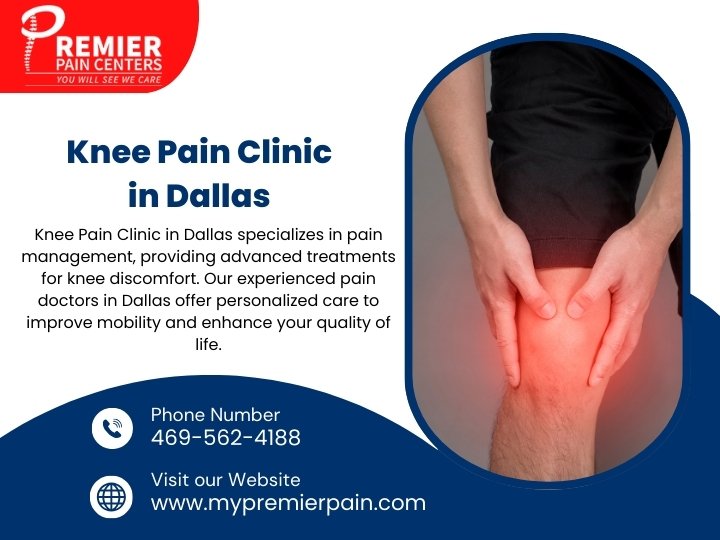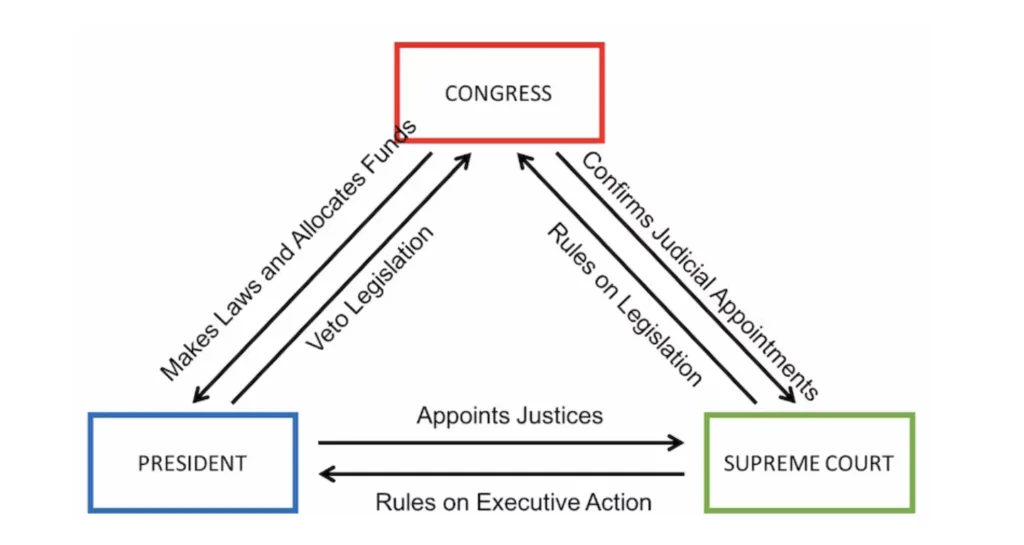Knee Pain Worse After Gel Injection: Adverse Effects & Duration of Relief
Knee pain worse after gel injection. Knee gel injections can relieve pain for varying amounts of time, so patients should talk to their doctor before getting them.

Knee gel injections (viscosupplementation) treat knee pain. An injection of lubricant into the knee joint reduces osteoarthritis pain and stiffness. Weight is supported by the knee. The femur, tibia, and patella make up the knee joint. The knee is surrounded by slippery cartilage. This cartilage allows smooth joint movement. When cartilage breaks down, osteoarthritis occurs. Knee pain worse after gel injection, this can be caused by wear and tear, injury, or disease. When cartilage deteriorates, bones articulate against each other, resulting in pain, rigidity, and inflammation.
Knee Pain Gel Injections
Osteoarthritis treatment includes knee gel injections. Knee joint injections are viscous liquids. The injection lubricates the joint, reducing osteoarthritis pain and stiffness. Each type of viscosupplement has pros and cons. The body naturally produces hyaluronic acid (HA), the most popular type. Alternatives include corticosteroids, PRP, and stem cell therapy. Three to five weeks of weekly knee gel injections are typical. Doctors or clinics can administer injections. Most knee gel injections are safe. The predominant adverse effects include pain and swelling at the injection site. These side effects usually subside within days. Knee gel injections can relieve osteoarthritis pain and stiffness but cannot cure it. Discuss knee gel injections with your doctor.
Initial Post-Care
Avoid running, jumping, heavy lifting, and knee bending after knee gel injections. Choose low-impact activities like swimming or cycling. Patients should refrain from strenuous or extended weight-bearing activities for 48 hours following SYNVISC injections. Consult a doctor before continuing such activities.
Controlling Pain and Swelling
Patients may experience knee pain or swelling in the days following injection. Ice packs can relieve pain and swelling in injected knees. Applying for the recommended time and frequency is crucial. Management of pain may involve prescription medication. Dosage and frequency must be followed.
Long-Term Care Suggestions
Several practices can help maintain knee health and maximize injection benefits in the long run.
-
Activities such as physical therapy can strengthen the muscles around the knee.
-
Healthy weight reduces joint strain.
-
Good body mechanics.
-
Wearing supportive shoes.
-
Adding low-impact exercises.
-
Consider alternative therapies.
-
Practice good hygiene.
-
Checking for redness, swelling, pain, itching, fever, and breathing problems.
Most patients attain relief from arthritis knee pain 8 to 12 weeks following the initial SYNVISC injection, although responses differ. To achieve optimal results, administer all three injections. Remember, long-term knee care after gel injections is essential to maximizing treatment benefits and knee health. After knee gel injections, consult with pain management in Dallas for personalized advice.
Adverse Effects of Knee Gel Injections
Despite their benefits, knee gel injections may cause side effects like any medical treatment. Be aware of these risks and talk to your doctor after the procedure if you have questions.
Typical Side Effects
Knee pain worse after gel injection. Knee gel injections can cause temporary pain, swelling, heat, redness, and fluid buildup. These are mild and short-lived. Ice packs can reduce swelling and pain in the injected knee for the first few days. Applying for the recommended time and frequency is crucial. Knee gel injections may cause pain that requires medication. Dosage and frequency must be followed.
Rare Serious Side Effects
Some rare but serious side effects may occur. Most are mild and temporary. Synvisc-One can cause severe allergic reactions. Additionally, patients should call their knee pain doctor in Dallas if pain or swelling persists or worsens after the injection. Knee gel injections may cause these side effects. Side effects must be reported to your doctor. Knowing these side effects can help you prepare for knee gel injections since everyone's body reacts differently.
Knee Gel Injection Efficiency
Knee gel injections may help knee pain and osteoarthritis, but you should know how effective they are and how long they last. Knee gel injections, known as viscosupplementation, administer hyaluronic acid into the knee joint. This procedure helps osteoarthritis patients with lubrication, pain relief, and function. Repeated intra-articular hyaluronic acid (IA-HA) injections for knee osteoarthritis (OA) reduce pain without increasing risk. Studies showed a 55% reduction in pain compared to baseline after 25 months of treatment after the first course of injections and each subsequent course. Not all research has shown that viscosupplementation reduces knee arthritis pain or improves function.
Duration of Pain Relief
Knee gel injections relieve pain for different times. Three or four hyaluronic acid injections are given one week apart. Multiple injections may be necessary to alleviate pain. Some patients report months-long pain relief. The effects vary, and injections may be needed after 6 months. Knee pain worse after gel injection. Knee gel injections can relieve pain for varying amounts of time, so patients should talk to their doctor before getting them.
What's Your Reaction?




















